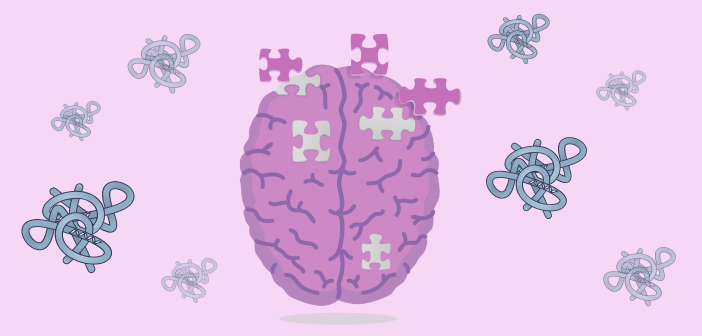Validating a fully automated blood test for Alzheimer’s disease

Researchers have validated a fully automated blood test, plasma p-tau217, which has demonstrated high accuracy in Alzheimer’s disease (AD) detection while reducing the need for invasive procedures.
Researchers from Trinity College Dublin, the Tallaght Institute of Memory and Cognition, and St James’s Hospital (all Dublin, Ireland) have validated a new blood-based test, plasma p-tau217, to detect AD. Their findings could surpass current diagnostic methods in accuracy, risk and invasiveness, enabling a clinico-biological diagnosis during early stages of the disease.
Globally, over 55 million people are living with dementia, and approximately 70% of these cases are due to AD. Up to half of individuals living with AD remain undiagnosed, emphasizing a significant need for accurate, scalable diagnostic methods to improve detection and patient care.
The advancement of cerebrospinal fluid (CSF) and positron emission tomography (PET) biomarkers for amyloid beta (Aβ) and tau (T) has enabled a clinico-biological approach to diagnosing AD. Determining Aβ positivity is becoming increasingly crucial, particularly with the emergence of anti-amyloid immunotherapies showing potential benefits in AD. Although CSF and PET are highly accurate and valuable in detecting AD biomarkers during early stages of the disease, they involve an invasive lumbar puncture/spinal tap, which poses risks and is not accessible to all patients.
Recent studies have demonstrated that blood-based biomarkers offer significant advantages over CSF and PET, positioning them to transform diagnosis, clinical trial recruitment and disease monitoring pathways in AD. For this reason, there has been a focus on developing advanced immunoassay technologies that enable the measurement of low-abundant plasma proteins like p-tau217, a reliable indicator of Aβ-related pathology. These technologies include partially automated, e.g. Quanterix’ (MA, USA) Simoa, and fully automated methods, e.g. Fujirebio’s (Tokyo, Japan) Lumipulse. While already promising in aiding the diagnosis of AD, additional studies are required to evaluate the performance of measuring biomarkers such as plasma-tau217 in real-world clinical settings.
The current study is among the first in Europe to assess the real-world performance of a fully automated immunoassay – the Fujirebio Lumipulse G plasma p-tau217 assay – for p-tau217.
You may also be interested in:
- Launch of the Lumipulse G GFAP assay: a new tool for neurological research
- Have scientists identified new molecular drivers of Alzheimer’s disease?
- eBook: World Alzheimer’s Month 2023
Analyzing donated blood and CSF samples from 148 patients with mild cognitive impairment or mild dementia undergoing lumbar puncture procedures, the Dublin researchers discovered that plasma p-tau217 levels were more than four times higher in Aβ-positive individuals compared to Aβ-negative individuals. The test also demonstrated high diagnostic accuracy, effectively distinguishing between Aβ-positive and Aβ-negative cases, and the results were over 90% as accurate as results obtained from lumbar punctures.
Importantly, applying sensitivity and specificity thresholds to reduce false positives for plasma p-tau217 could reduce the need for diagnostic lumbar punctures, highlighting the usefulness of this less invasive tool. With the implementation of a fully automated system, the findings support the clinical use of plasma p-tau217 immunoassays for AD screening.
“Using this automated analyzer the scientists at St James’s will be able to deliver a reliable and reproducible diagnostic test result. The quality assurance carried out in the diagnostic laboratory includes comparison of results achieved to those reported internationally. All of this research will benefit the patient and the clinical teams and combines the research and diagnostic expertise to deliver a world class, patient centered service,” explained Jean Dunne, Chief Medical Scientist at St James’s Hospital and Trinity Translational Medicine Institute.
“[…] We are moving closer to a future where diagnosing this condition is less invasive, more accessible and available to a broader population. This has the potential to transform patient care, allowing for better diagnosis, earlier interventions and more targeted treatments,” explained Seán Kennelly, a Professor in the Tallaght Institute of Memory and Cognition and Clinical Associate Professor in Trinity College Dublin.



